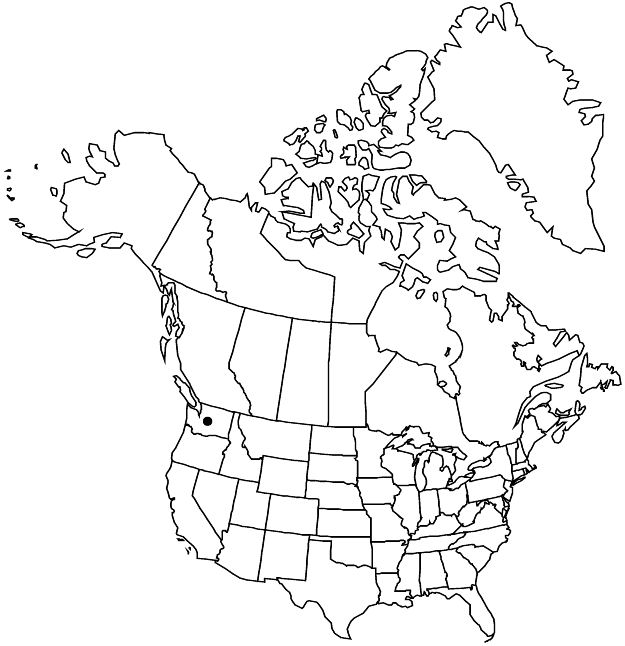Difference between revisions of "Sorbus torminalis"
Stirp. Austr. Fasc. 2: 45. 1763.
FNA>Volume Importer |
imported>Volume Importer |
||
| (One intermediate revision by the same user not shown) | |||
| Line 34: | Line 34: | ||
|elevation=0–50 m | |elevation=0–50 m | ||
|distribution=Wash.;Europe;sw Asia;nw Africa. | |distribution=Wash.;Europe;sw Asia;nw Africa. | ||
| + | |introduced=true | ||
|discussion=<p>In European gardens, one or more clones of intergeneric hybrids between <i>Pyrus communis</i> and <i>Sorbus</i> are called ×Sorbopyrus auricularis (Knoop) C. K. Schneider. J. Wiśniewska et al. (1969) suggested that <i>S. torminalis</i> may be involved in the parentage of at least one clone.</p> | |discussion=<p>In European gardens, one or more clones of intergeneric hybrids between <i>Pyrus communis</i> and <i>Sorbus</i> are called ×Sorbopyrus auricularis (Knoop) C. K. Schneider. J. Wiśniewska et al. (1969) suggested that <i>S. torminalis</i> may be involved in the parentage of at least one clone.</p> | ||
|tables= | |tables= | ||
| Line 58: | Line 59: | ||
|publication year=1763 | |publication year=1763 | ||
|special status=Introduced | |special status=Introduced | ||
| − | |source xml=https:// | + | |source xml=https://bitbucket.org/aafc-mbb/fna-data-curation/src/2e0870ddd59836b60bcf96646a41e87ea5a5943a/coarse_grained_fna_xml/V9/V9_733.xml |
|subfamily=Rosaceae subfam. Amygdaloideae | |subfamily=Rosaceae subfam. Amygdaloideae | ||
|tribe=Rosaceae tribe Gillenieae | |tribe=Rosaceae tribe Gillenieae | ||
Latest revision as of 22:58, 5 November 2020
Trees, to 120[–200] dm. Stems 1; bark gray; winter buds green to brown, ovoid to ovoid-oblong, 5–10 mm, scales dark-margined, shiny, glutinous, glabrous, ciliate, or villous. Leaves simple; stipules early deciduous, whitish-villous; blade slightly shiny, green to dark green adaxially, ovate to broadly elliptic, 5.5–10.5 × 3–8 cm, margins deeply 1–4 subpalmately lobed, lobes ± triangular, (1–)1.5–2.5 cm wide, basal sinuses deepest, margins finely serrate, secondary veins in 4–6 main pairs, apex acute to acuminate, abaxial surface thinly white-hairy to glabrate, adaxial glabrous. Panicles 15–60+-flowered, rounded, 3–17.5 cm diam.; peduncles whitish-villous. Pedicels whitish-villous. Flowers 10–17 mm diam.; hypanthium densely villous, hypanthium plus sepals 5.5–7.5 mm; sepals 1.5–3.5 mm, margins villous and prominently glandular, glands often relatively thick; petals white, elliptic, broadly elliptic, or broadly ovate, 4–7 mm; stamens 20; carpels adnate to hypanthium, apex conic, styles 2, 3.5–4 mm. Infructescences sparsely whitish-villous. Pomes brown, narrowly obovoid, 15–19 × 10–13 mm, dull, not glaucous; lenticels abundant; sepals inconspicuous, incurved. Seeds brown, oblong-lanceoloid, 8.1 × 3.4 mm, slightly asymmetric, slightly flattened. 2n = 34, 68 (Europe).
Phenology: Flowering spring; fruiting fall.
Habitat: Disturbed conifer forests
Elevation: 0–50 m
Distribution

Introduced; Wash., Europe, sw Asia, nw Africa.
Discussion
In European gardens, one or more clones of intergeneric hybrids between Pyrus communis and Sorbus are called ×Sorbopyrus auricularis (Knoop) C. K. Schneider. J. Wiśniewska et al. (1969) suggested that S. torminalis may be involved in the parentage of at least one clone.
Selected References
None.